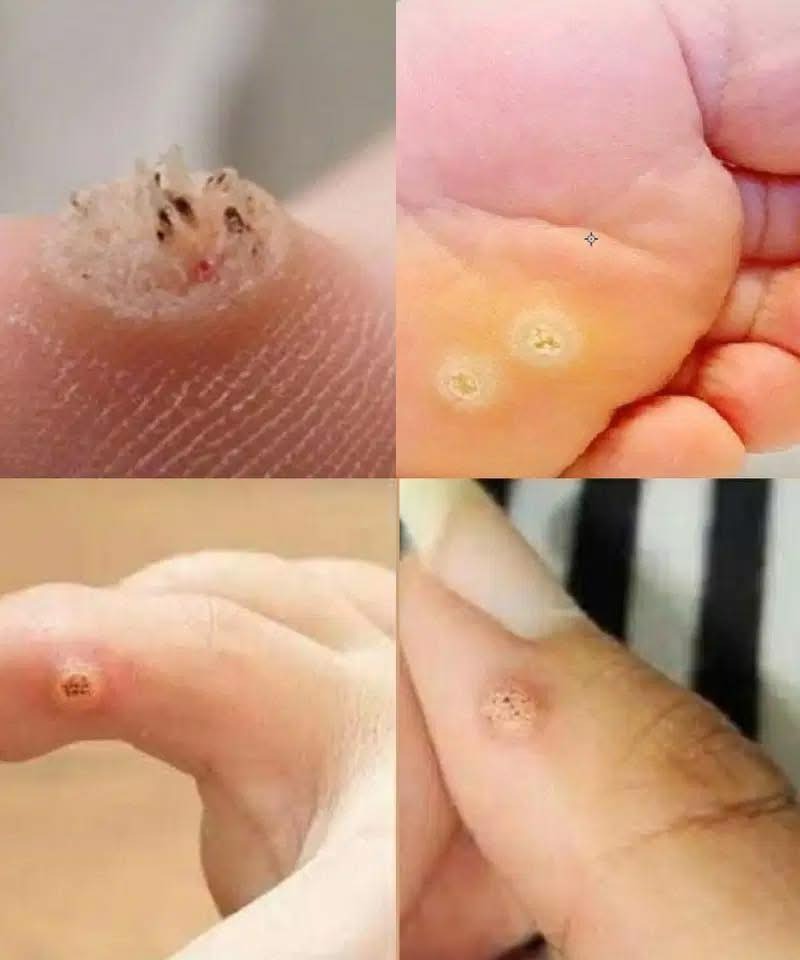Here’s the calibrated version in TruthLens style — clear, compassionate, and practical, keeping the science intact while encouraging mindful awareness instead of fear:
Early Signs of Skin Cancer You Shouldn’t Ignore
We all have moles, freckles, and skin marks.
Most are harmless.
But sometimes, subtle changes can be the first signs of something more serious — like melanoma or other forms of skin cancer.
The good news?
👉 When caught early, most skin cancers are highly treatable.
Awareness, regular self-checks, and yearly dermatologist visits can make all the difference. Real safety isn’t about fear — it’s about paying attention, taking action, and giving yourself peace of mind.
🔍 What Is Melanoma?
Melanoma is a form of skin cancer that starts in melanocytes, the cells that produce pigment.
- It is less common than basal cell or squamous cell carcinoma.
- But it is more dangerous because it can spread quickly if not detected early.
📊 According to the American Cancer Society:
- Over 100,000 new melanoma cases are diagnosed each year in the U.S.
- The 5-year survival rate is over 99% if caught before spreading.
That’s why knowing the warning signs matters.
✅ The ABCDE Rule: Spotting Dangerous Moles
Dermatologists use the ABCDE rule to identify suspicious moles. Check your skin regularly, especially areas exposed to the sun:
- A – Asymmetry: One half doesn’t match the other.
- B – Border: Edges are irregular, blurred, or jagged.
- C – Color: Uneven shades of brown, black, red, white, or blue.
- D – Diameter: Larger than 6mm (size of a pencil eraser). Some melanomas are smaller.
- E – Evolving: Any change in size, shape, color, or new symptoms (itching, bleeding, crusting).
🟥 If a mole shows any of these signs, see a dermatologist promptly.
⚠️ Other Red Flags to Watch For
- A new spot that wasn’t there before, especially after age 30.
- A sore that won’t heal — may scab, bleed, and reopen.
- Pain or tenderness in a mole.
- Shiny, pearly bumps (possible basal cell carcinoma).
- Rough, scaly patches on sun-exposed areas (possible squamous cell carcinoma).
📌 Remember: most skin cancers don’t hurt in early stages.
🎯 Who Is at Higher Risk?
- Excessive UV exposure (sunlight or tanning beds).
- Fair skin, light eyes, red/blonde hair.
- History of severe sunburns, especially in childhood.
- Family history of melanoma.
- Weakened immune system.
- Many or atypical moles.
⚠️ Even darker skin tones can get skin cancer — though it is often diagnosed later due to lower awareness.
✅ Protecting Your Skin
- Do monthly self-checks (use mirrors or ask a partner).
- Schedule yearly dermatologist visits.
- Wear broad-spectrum SPF 30+ daily — even on cloudy days.
- Reapply sunscreen every 2 hours outdoors, and after swimming or sweating.
- Wear hats, sunglasses, and protective clothing.
- Avoid tanning beds.
📸 Tip: Take photos of your moles to track changes over time.
❌ Myths That Put You at Risk
- “Only fair-skinned people get skin cancer.” False — all skin tones are vulnerable.
- “If it doesn’t hurt, it’s fine.” Many early cancers are painless.
- “I don’t need sunscreen on cloudy days.” Up to 80% of UV rays still reach your skin.
- “A base tan protects me.” A tan is actually skin damage.
Final Thoughts
You don’t need to live in fear of every freckle or new spot.
But you do deserve to know what to look for, so you can act early instead of late.
Next time you’re getting ready in the morning, pause.
Look closely.
Ask yourself: “Has anything changed?”
Real health isn’t about waiting until it hurts.
It’s about paying attention — with kindness, care, and courage.
And that awareness could save your life.


